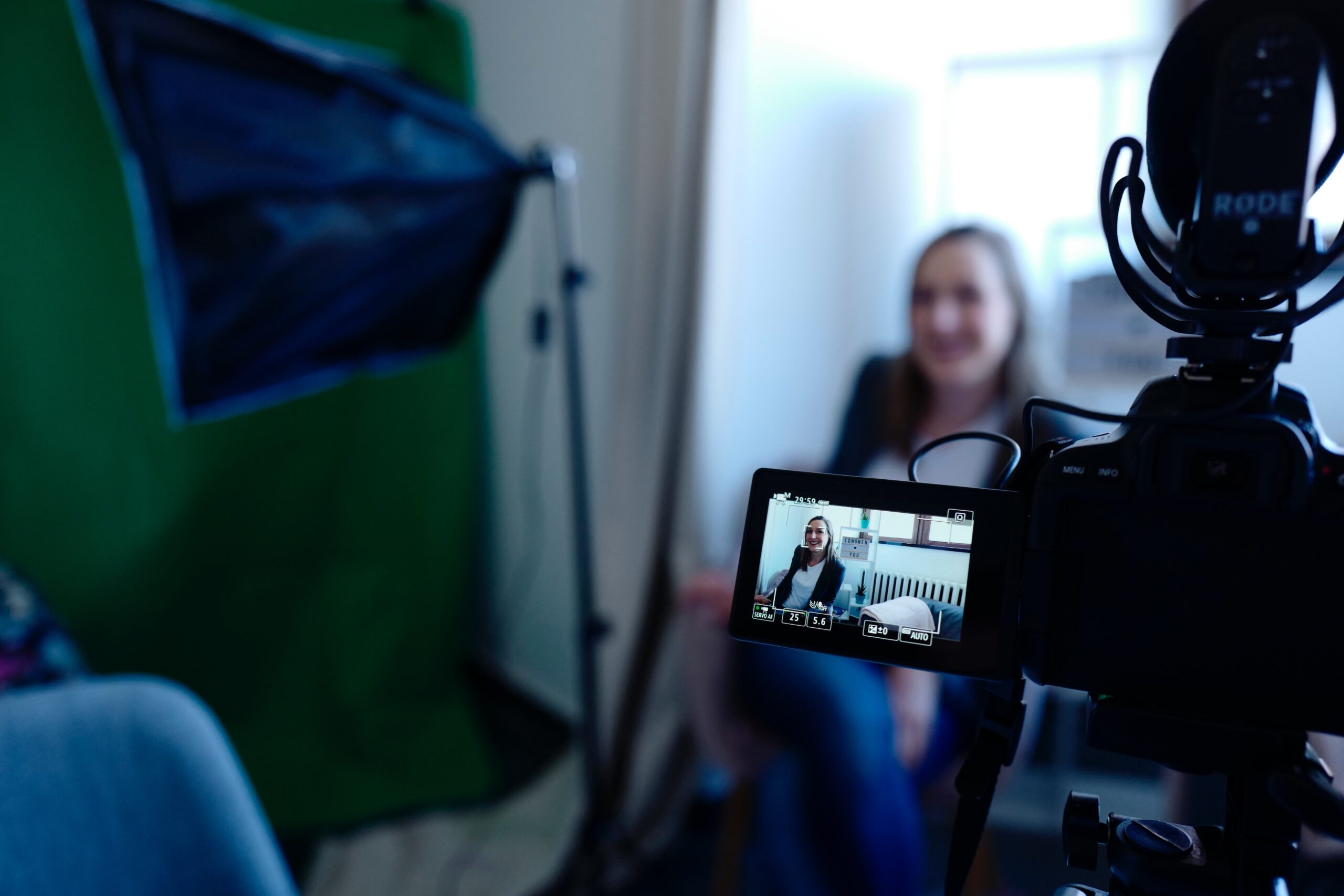For an organization, buyer centricity means placing the buyer at the forefront of everything it does. More than just thinking about the buyer’s wants and needs, it is about working to fully understand the buyer so that the organization as a whole can anticipate how each buyer makes their way through the buying process in order to form meaningful relationships with them throughout their journey.
There are many facets of an organization that contribute to how a buyer experiences their journey. Sales enablement professionals can work with teams across the business, like sales and marketing, to develop a buyer-centric sales experience, which can be a key lever for increasing revenue generation efforts and overall buyer satisfaction.
“[H]ow do we create the context whereby we can react to what customers need from us and that we can equip the salesperson to share that with them in a way that really makes an impact,” said Rebecca Bell, director and team lead of the office of the president at Zendesk.
The challenge of continuously centering the buyer while working to anticipate their needs is one that many organizations can face as buyer preferences continue to evolve. Sales enablement leaders who are looking to re-center the buyer can focus on developing three key things.
An Organizational Culture of Buyer Centricity
While progressing through the buyer’s journey, the buyer’s interactions are not isolated solely to the sales team. All teams within the organization play a role in the journey in various forms, and, therefore, can be included in the enablement team’s methods for creating a buyer-centric culture.
One of the primary intentions of establishing a buyer-centric culture as an organization is to ensure that all teams within the organization play a role in supporting each point in the buyer’s journey and beyond. As the connection point between many teams throughout the organization, sales enablement is well positioned to break down silos and drive collaboration as it relates to the buyer’s journey.
“I think if you’re in an organization that doesn’t put the customer at the heart of everything it does, I think you’re going to struggle,” said James Marrable, senior manager of enablement at ServiceNow. “It doesn’t matter how customer-centric your sales rep is, if the people who deliver the products aren’t into that, if the system goes down and the support section isn’t great, that customer centricity sort of eats away”
Enabling teams throughout the organization to become more effective in centering the buyer can be critical in reinforcing the entire system that supports the buyer’s journey. When developing an encompassing approach for pivoting towards buyer centricity, sales enablement professionals can gather applicable information like present issues and current buyer-centric methodologies from teams at all levels of the organization.
While collecting information from various teams, it is important for enablement professionals to recognize that due to the distinct positionality of each team within the organization, they can have varying ideas on how buyer centricity can be improved and further integrated into their level or role within the organization.
“[Y]ou can’t just go to the top-level person and figure out what the definition of the problem is and go help,” said Tim Ohai, global director of sales effectiveness at Workday. “Everybody has their own perspective based on their attitude, based on their role and responsibilities. We’re building our approach to help that organizational view come together, align, and make sense of what they’re trying to do, and then we equip our team to go along on that journey.”
For a sales enablement professional, identifying methods for improving buyer-centric enablement from the conversations with teams can be critical in constructing a well-informed plan. The insights from people in differing roles and levels of the organization can be synthesized and used in developing a more effective plan for adapting the enablement team’s approach to supporting a buyer-centric culture throughout the organization.
A Frictionless Buyer’s Journey
An integral point in developing a buyer-centric approach is creating a frictionless experience for the buyer throughout their journey. From first awareness to purchase and continuing after, sales enablement professionals can assist teams in supporting the buyer’s journey through coaching and process optimization.
When coaching for a frictionless sales process, the primary objective is to help teams in creating an experience for the buyer that will satisfy their needs in an efficient and effective manner. To do this, enablement first helps to identify gaps between the buyer’s expectations and their current experience navigating the sales process by gathering quantitative and qualitative insights. By combining data such as how long it typically takes buyers to progress through each stage and average win rates with first-hand anecdotes from reps and buyers, enablement can illuminate trends that can be addressed through coaching.
For example, perhaps enablement uncovers that the way that buyers perceive their experience is different than how reps perceive it. To address this, enablement can help managers coach reps on asking the right questions to better align with the buyer’s vision and what they need from the process, which can help increase satisfaction throughout the process.
“[W]hat we try to do is align our platform so that the buying processes are front of mind,” said Marrable. “Then, we help coach our sales managers, leaders, and people to think about things from a customer perspective rather than their own.”
Similarly, insights into the buyer’s actual versus perceived experience can help enablement identify obstacles that can be removed to reduce inefficiencies for the buyer. This enables the sales team to eliminate unnecessary steps that can potentially cause issues and delay the process and find points that can benefit from more proactive action.
Continuous Evolution With the Buyer’s Needs
As each buyer’s journey and subsequent wants and needs change over time, enablement’s approach to buyer-centricity can also adapt. In anticipation of these changes, enablement can establish channels of communication to stay on top of buyers’ needs so that the organization can continue to decrease friction throughout the journey while increasing buyer satisfaction, which can help to bolster the buyer’s long-term relationship with the organization. Maintaining this agile and adaptable approach to buyer-centricity can be of great benefit over time.
Because they make up the sales frontline, reps are exceptionally close to the buyer. This gives them a unique vantage point on buyers’ reactions and overall impressions of the different aspects of the buying process. The information and feedback that buyers provide as they move through the buyer journey can be essential in fully understanding their position and give insight into the best ways to continuously satisfy their needs in the future. To capture this critical information, enablement can work with reps to develop and maintain a continuous line of communication with buyers throughout their journey.
“[It’s] not just about salespeople saying what they need, but also salespeople describing what customers need,” said Bell. “Salespeople describing the customer’s reaction to our key messaging. Salespeople identify where the gaps are. Only when we create that ongoing feedback loop can we be customer-centric in the content we provide.”
Since this communication centers on the buyer and what they need, it can allow buyers to share insights into how the process is going for them or how their needs have changed over time. This also allows for buyers to work more closely with reps to realign and adjust the process or timeline so that it can be the most beneficial to their individual experience.
“The most important thing when we think about buyer-centric enablement is how do we keep ourselves as an organization very close to that buyer journey,” said Ohai. “Constantly talking to people, [asking] ‘how’s your journey changing,’ and keeping abreast of the challenges they’re dealing with. That requires our role in helping them be adaptable, helping them be agile.”
For the reps, establishing and maintaining this relationship with buyers can be crucial in focusing on continuous buyer centricity. It allows for the reps to make the buying experience more personalized by creating a space for buyers to provide their feedback and updates on their position throughout the buyer’s journey.
For buyers, this centricity and personalization of their experience can be the deciding factor in their buying journey with an organization. Developing these three key points is a way sales enablement professionals can assist reps and the organization in working to fully understand buyers and their journey, anticipating and satisfying their needs, and maintaining a strong long-term relationship with the buyer.
“The most important thing is to remember that somebody has a problem, and they’re coming to you because they have a dream that you can help solve it,” said Wynne Brown, head of revenue at Fable. “It’s one of my favorite things.”









